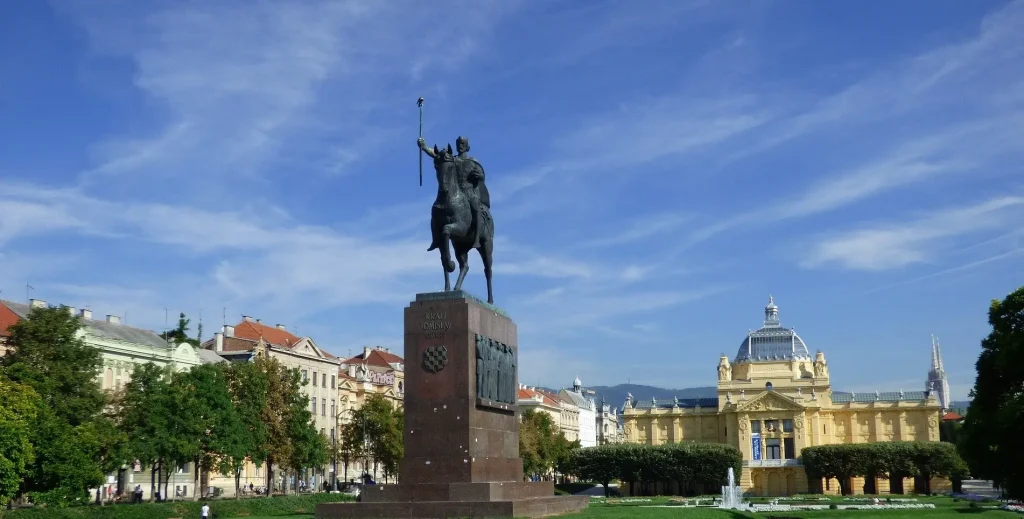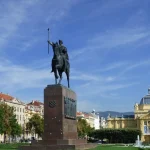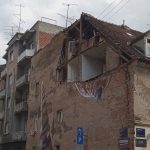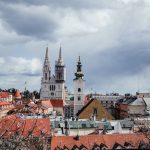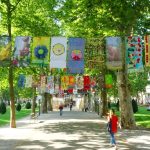July 27, 2020 – OPINION: Marc Rowlands downplays the doom and gloom, claiming it will take even more than 2020’s disasters to permanently damage Zagreb
International readers must think the city has fallen. After the triple hit of COVID-19, the strongest earthquake in a century, and last weekend’s floods, they must imagine the people of Zagreb to be largely underwater, the tips of their toes resting on rubble, struggling to breathe above the waves through their surgical masks.
Their suspicions would only be justified if they’re reading the comments sections of the coverage. “Oh, whatever next?”, “What will become of us?”, “May God save us!”, “First an earthquake, now snow! It’s the end of the world!”, “It’s because of global warming, I told you years ago. Now, not even my bitterness can save us”. Jadni smo (poor us).
That’s because there are two types of people in this world; the doom-mongers – useless pessimists who sigh, tut, and briefly sympathise while reading the news, and then there are the positive thinkers who actually get up off their ass and help out. Sadly, the internet is full of the former. Thankfully, Zagreb is full of the latter.
Take for example Mirna Mrčela, who rescued a man from a sinking car on Friday night. Did she stop to worry about the implications for her or for the sunken city before diving into waters on Miramarska street to save him? She did not.
What about the young Zagreb residents who gave up their free time to help rebuild people’s homes following this year’s earthquakes? Or those who volunteered to help move children from the damaged wards of a hospital? What about the thousands of Croats who thought of innovative or compassionate schemes to raise money for those affected? Or the many more who donated? Or those who used their own drones to help assess damage to buildings? Was their assistance delayed by worry and self-pity? No.

Thousands of young people have been gathering outside the Croatian National Theatre at weekends. The real picture in Zagreb © Marc Rowlands
Even aside those who actually helped out, the story of Zagreb in the wake of both the earthquake and the floods has been one of irrepressible resilience, optimism, and joy. Thousands of young people have gathered outside the Croatian National Theatre at weekends simply enjoying to be, and each other. In recent weeks, Ribnjak Park, Zrinjevac Park, and Strossmayer Promenade in the city have come alive with gastronomic events, music, and people enjoying themselves.
On Monday 27 July, as the sun shines brightly above Zagreb, the last remnants of the flood are all but gone. People are at work, as usual, and some tourists can be seen taking tours around Tkalčićeva and the cathedral. No matter what news story comment sections might tell you, this city is open for business. Zagreb has seen much worse than this. And it will take a lot more than rain, earthquakes or, yes, even snow to dampen its spirits.

